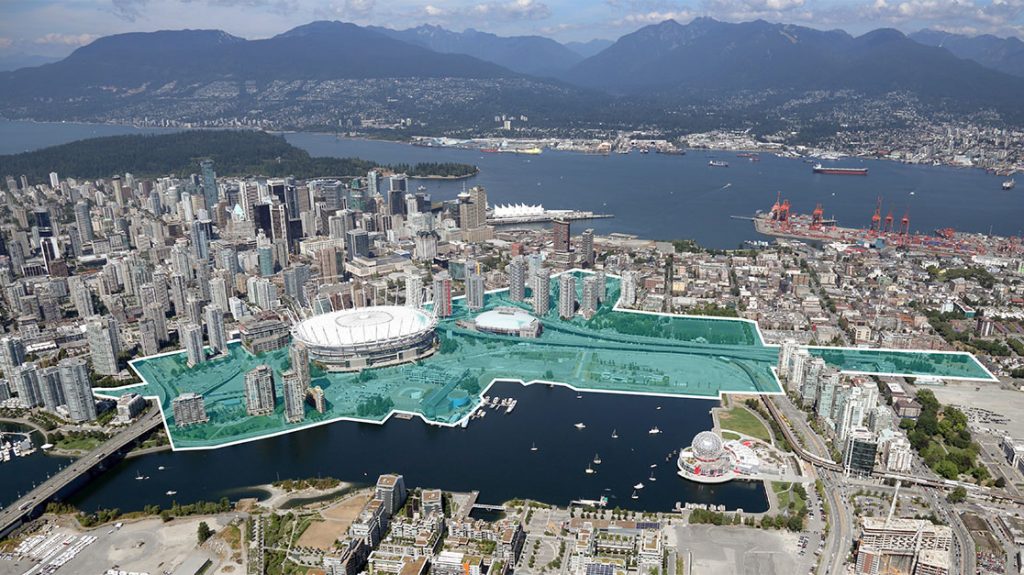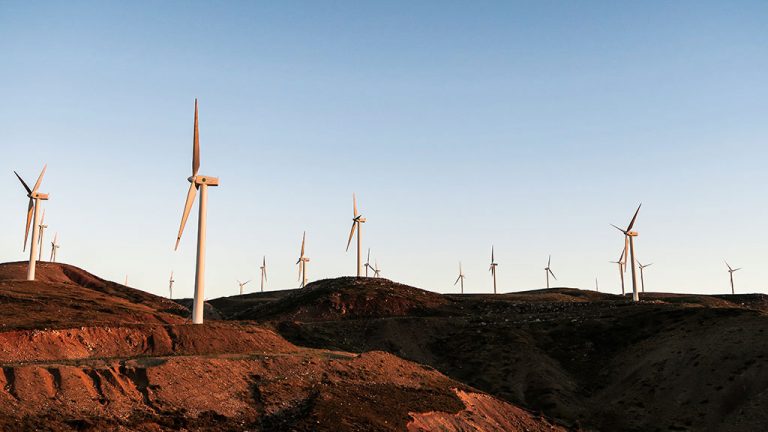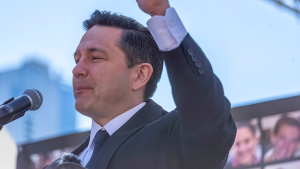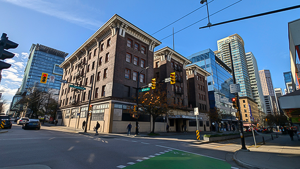Creating Vancouver’s last new downtown neighbourhood will be a complicated mix of addressing both old and new concerns.
The City of Vancouver approved the Northeast False Creek Plan and Viaducts Replacement Project on Feb 13. Northeast False Creek is a new neighbourhood that will reconfigure traffic leading into Vancouver’s downtown core, provide parks, market and affordable housing for approximately 10,000 residents as well as repair urban design choices made decades ago for several heritage neighbourhoods.
City of Vancouver manager of project delivery and engineering services Devan Fitch said many factors weigh into building Northeast False Creek.
“One of the biggest challenges that we face is that we have two stadiums adjacent to the construction area that have significant operational needs,” Fitch said.
There is also a legacy of infill in the area along with loose soil and buried debris.
“Environmental management will be key,” he said.
One of the highlights of the Northeast False Creek plan is the elimination of the Georgia and Dunsmuir Viaducts, a legacy component of a 1970s freeway system that never came to pass. By taking down the viaducts, the City of Vancouver will integrate parts of the downtown and surrounding neighbourhoods that were previously separated.
“The demolition of the viaducts is not in and of itself the most challenging aspect, but one of the most challenging things we’ll deal with is all the different utility systems we’ll have to integrate into the plan,” Fitch said.
Utility work will also have to be considered as new uses are found for the land.

“We need to plan for a new level of density. We’ll have new housing, over 32 acres of park space and all of these things have different utility requirements,” he said.
The city will have to work with BC Hydro, Telus, Fortis and building developers to co-ordinate utility changes.
“We have to get everyone in the room and make sure they know the requirements,” Fitch said.
“We’ll be reconstituting traffic over three years and we also have a SkyTrain guideway going through False Creek that carries 120,000 passengers a day,” he added.
Elimination of the viaducts began as a stumbling block, Fitch said, with many unable to conceptualize downtown Vancouver without them.
“It was difficult to have a discussion about how to get rid of the viaducts. We spent two years studying the traffic network and we held an ‘ideas competition,’” he said.
The competition became the key to moving beyond the viaducts, he said, after out of 130 submissions one submission proposed an extension of Georgia Street.
“That was the a-ha moment,” Fitch said. “It unlocked all the additional components and we got a critical mass of support through that.”
Another consideration for the project is the significant redress and reconciliation required when working with Vancouver’s heritage neighbourhoods.
“The project is next to the Downtown Eastside, Chinatown and Hogan’s Alley (Vancouver’s historic African-Canadian neighborhood) and we want to integrate their objectives into future developments,” Fitch said.
Work on the Northeast False Creek neighbourhood will not begin before an official development plan is created and procurement begins. But some adjacent projects such as the Parq casino and hotel complex opposite BC Place provide lessons for future work, Fitch said.
“Parq is kind of a double-edged sword. It’s a learning process, but it also adds constraints. We want to get in now, before further developments and we also want to be ahead of False Creek Flats Hospital,” Fitch said.
The False Creek Flats Hospital is a planned relocation of Vancouver’s historic St. Paul Hospital to the False Creek Flats neighbourhood, which is currently known for digital media and light industrial firms.











Recent Comments
comments for this post are closed